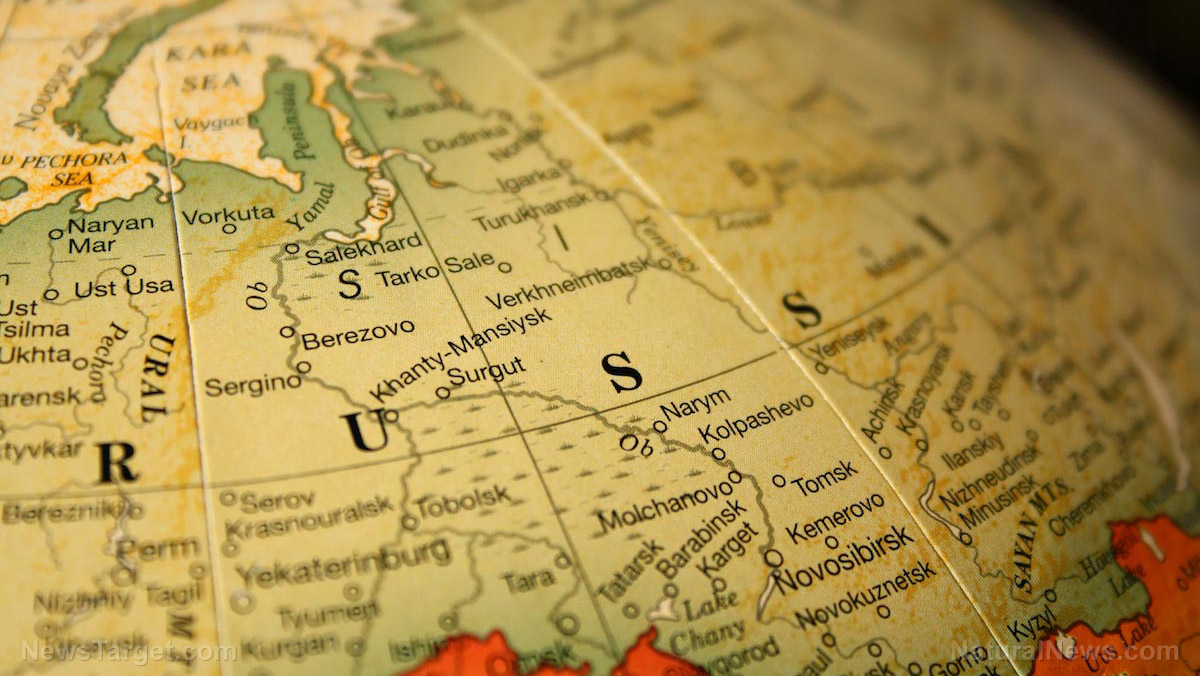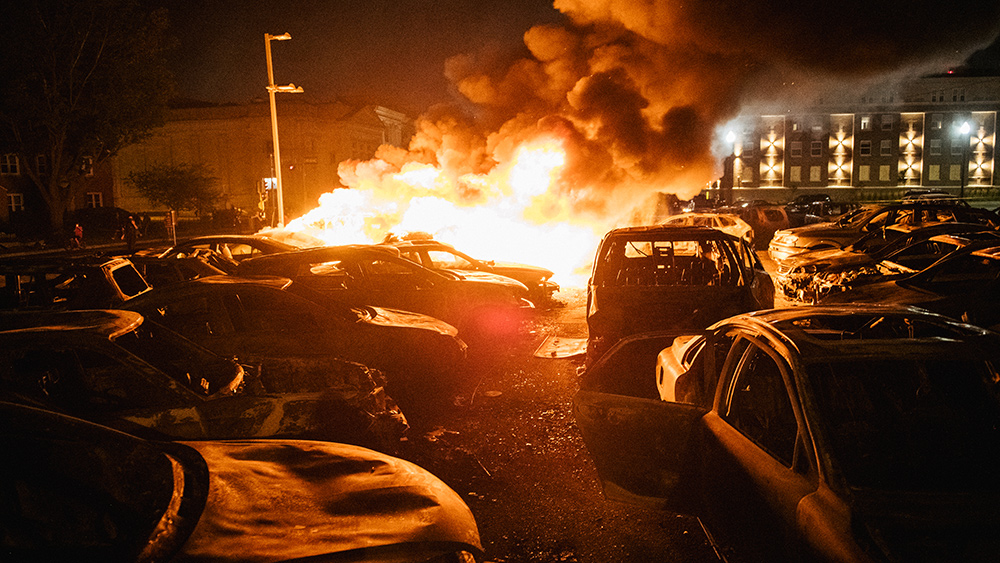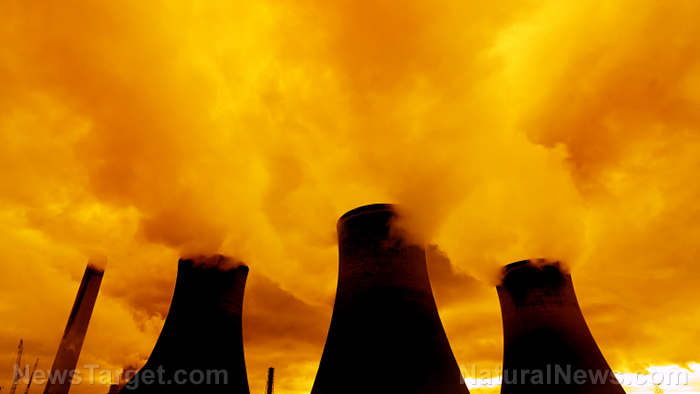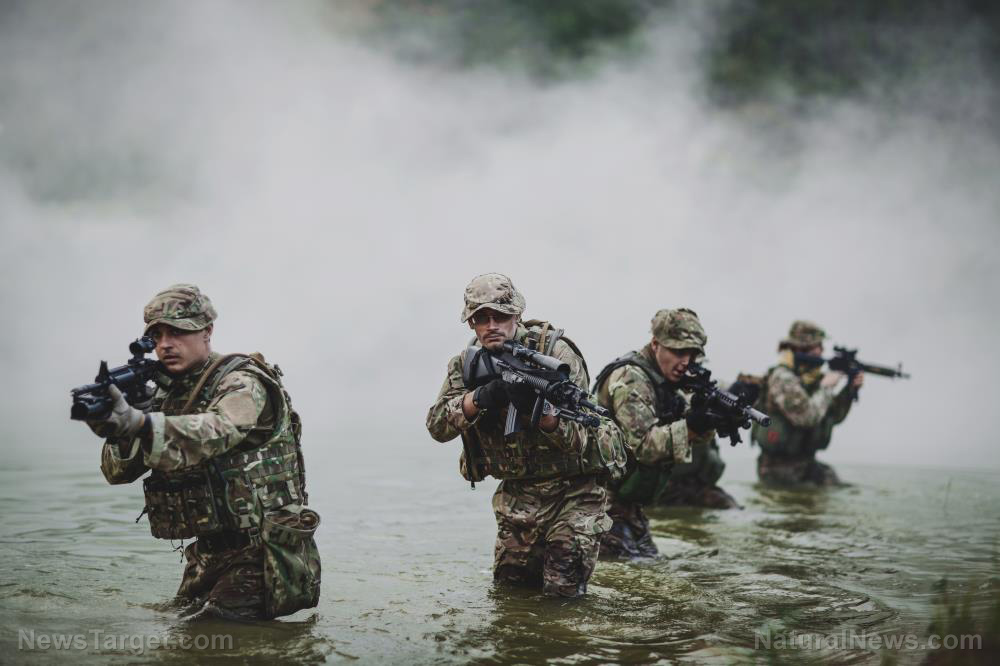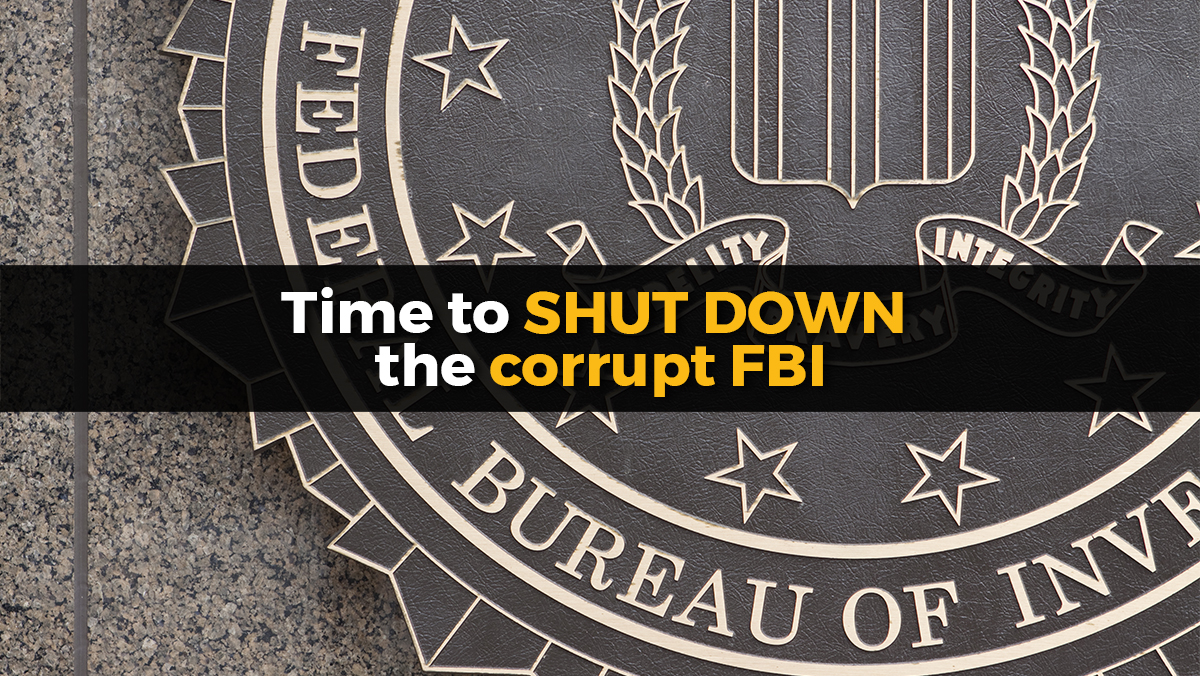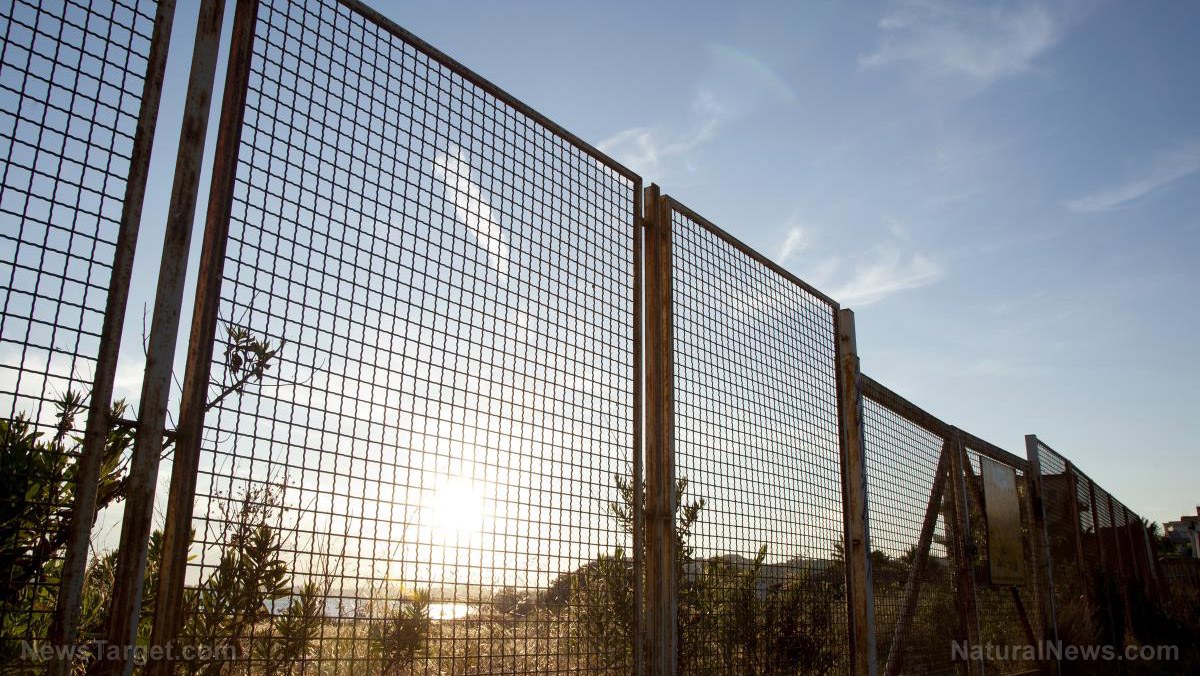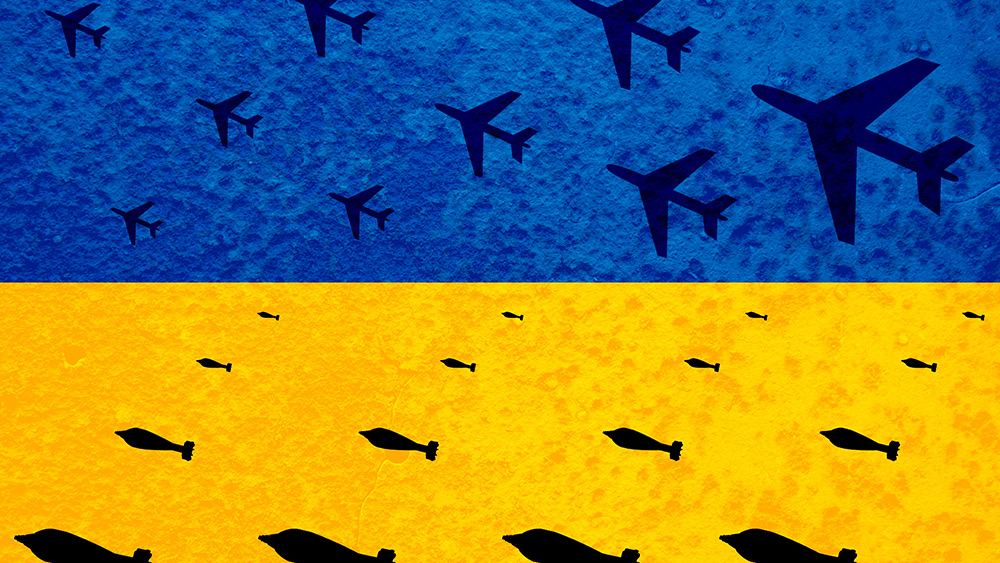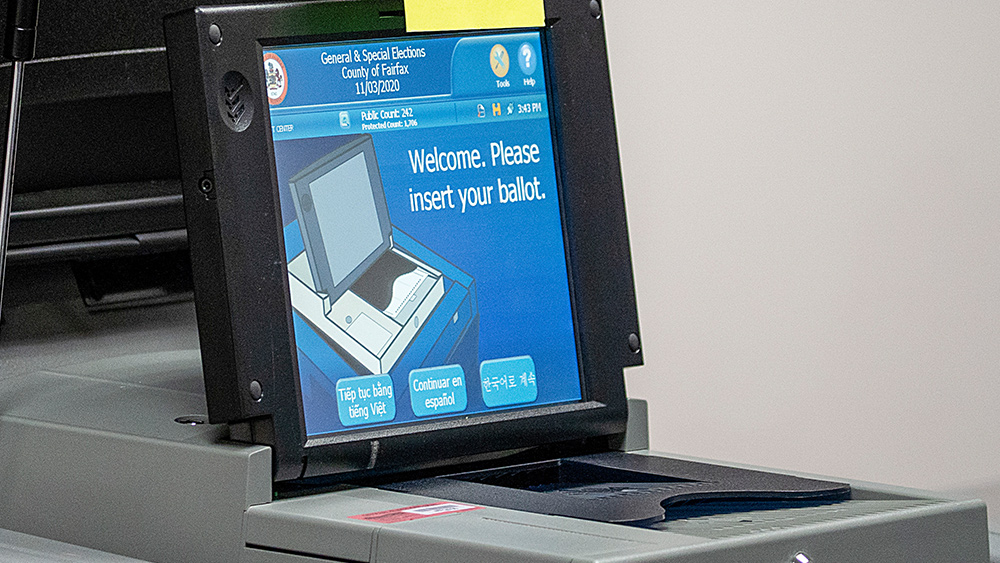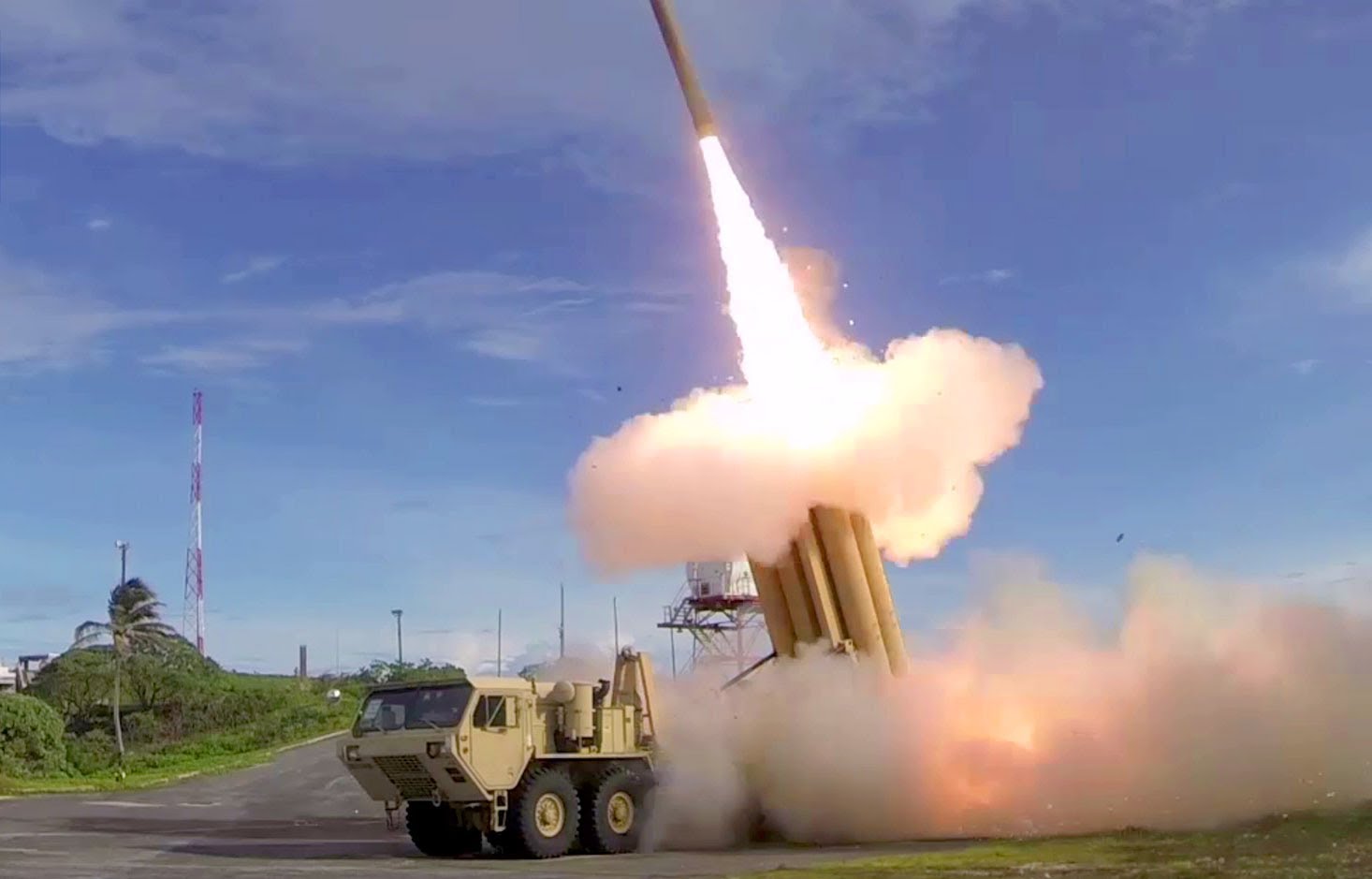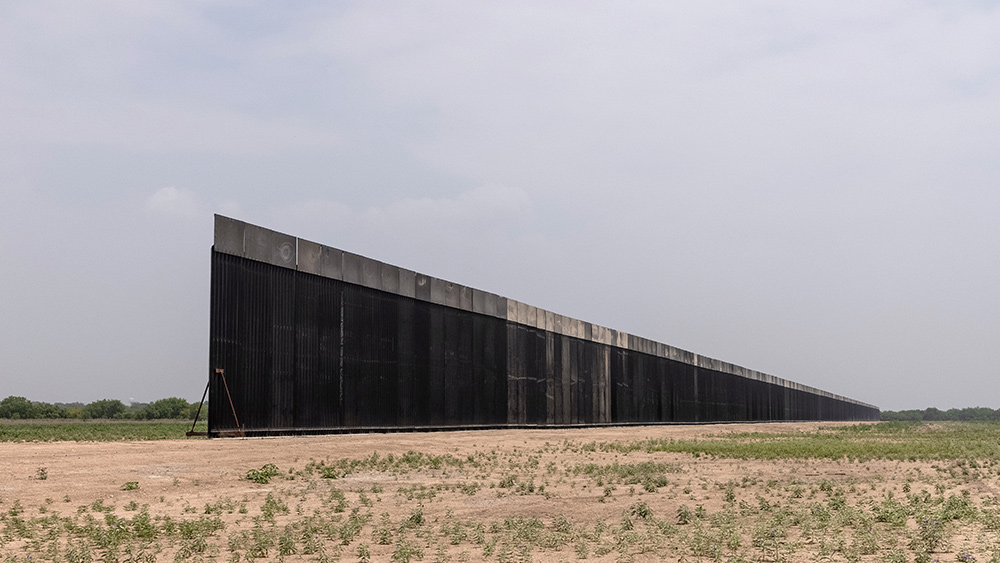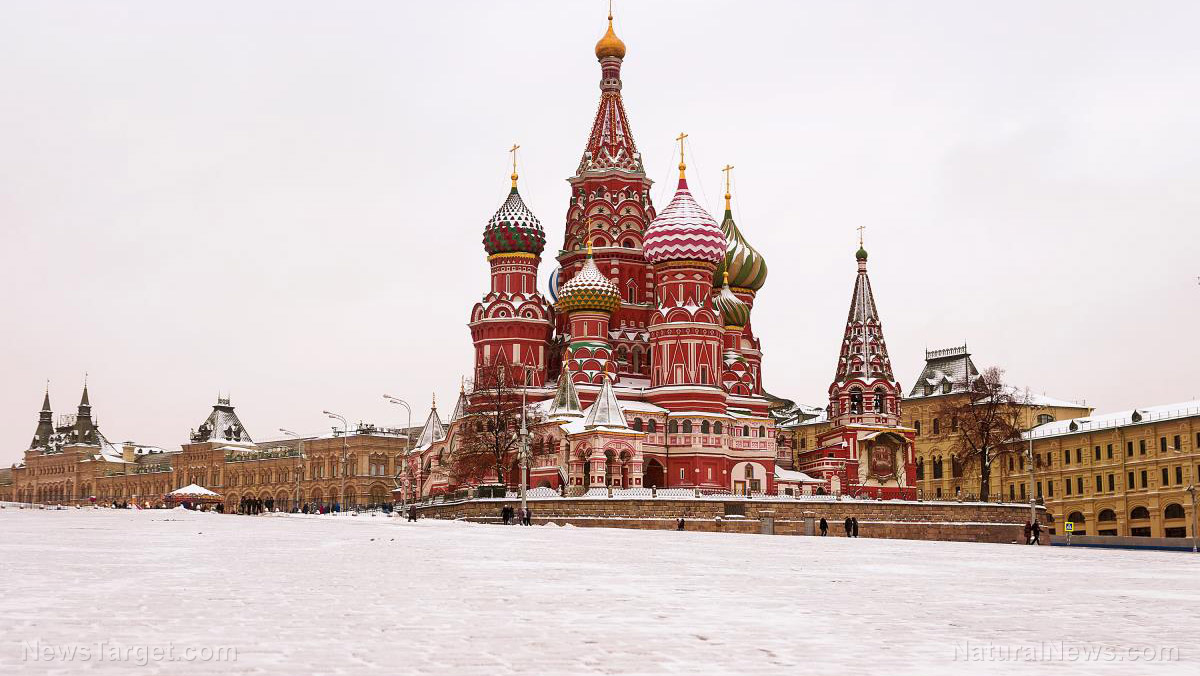China discreetly establishing naval facility on Africa’s west coast
11/21/2021 / By Nolan Barton
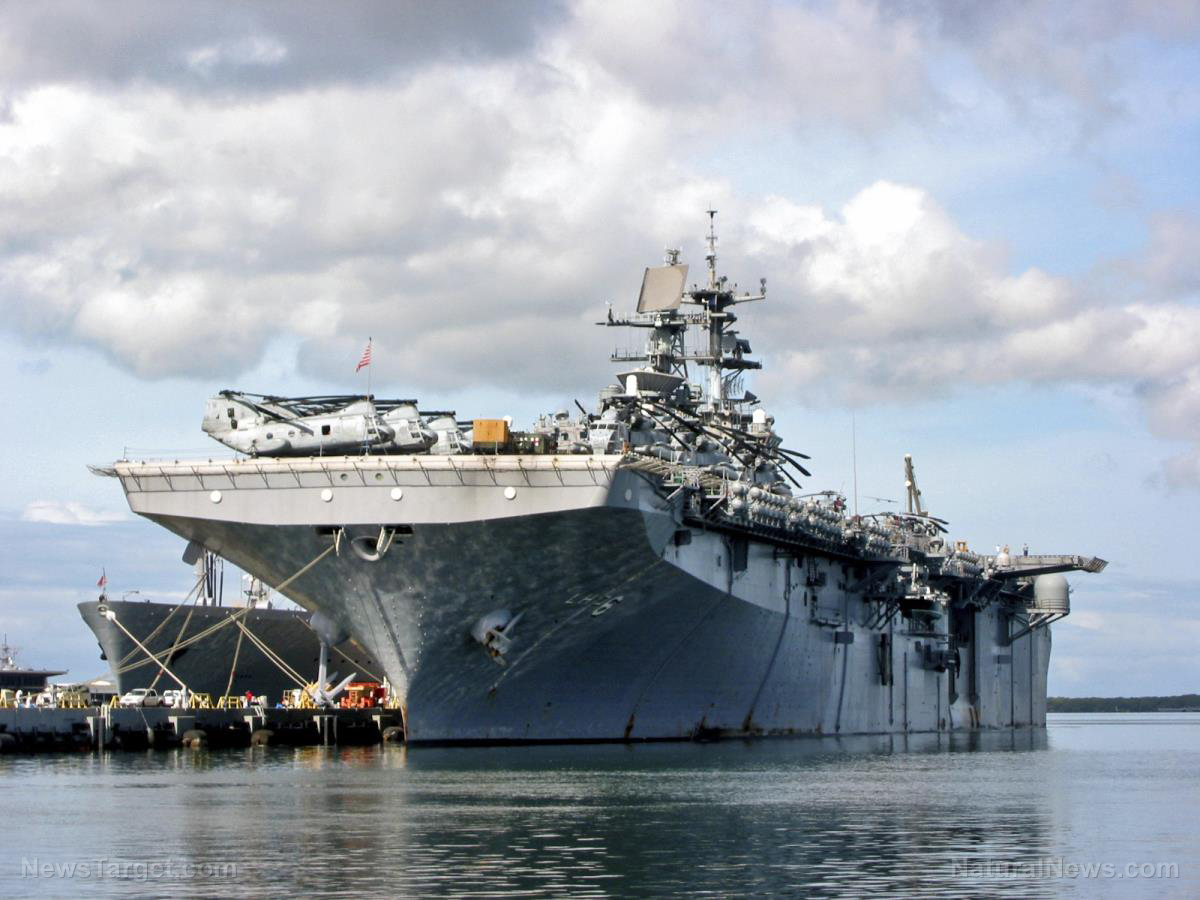
On Thursday, May 6, a top military official warned that China is discreetly establishing a major naval port on the west coast of Africa that would host submarines and aircraft carriers capable of projecting the communist state’s military power directly into the Atlantic.
Gen. Stephen Townsend, head of the Pentagon’s Africa Command, said that Chinese officials have been approaching countries stretching from Mauritania to the south of Namibia in search of a possible location for the naval facility.
“They’re looking for a place where they can rearm and repair warships. That becomes militarily useful in conflict,” Townsend told the Associated Press.
China’s first overseas naval base was built years ago in Djibouti in the Horn of Africa, and it is steadily increasing its capacity. Townsend said as many as 2,000 military personnel are at the base, including hundreds of Marines who handle security there.
“Now they’re casting their gaze to the Atlantic coast and wanting to get such a base there,” Townsend said.
The warning came roughly two weeks after the general sought to draw the attention of lawmakers to China’s expanding activities in Africa.
China’s “activities in Africa are outpacing those of the United States and our allies as they seek resources and markets to feed economic growth in China and leverage economic tools to increase their global reach and influence,” Townsend testified before the Senate Armed Services Committee on April 22.
Townsend also told the committee that Beijing has pledged to deliver some $60 billion in infrastructure and development loans to some African countries in recent years.
Many have thought that China was working to establish a Navy base in Tanzania, a country on Africa’s eastern coast that has a strong and longstanding military relationship with Beijing. But Townsend said it appears there’s been no decision on that yet.
The general noted that Tanzania does not really concern him. “I want it to be in Tanzania instead of on the Atlantic coast. The Atlantic coast concerns me greatly,” he said, pointing to the relatively shorter distance from Africa’s west coast to the U.S. (Related: China exploiting Caribbean nations to build military and missile bases that can threaten the continental United States.)
China is emerging as global military power
Bradley Bowman, head of the Center on Military and Political Power at the Foundation for Defense of Democracies, told the Washington Times on Thursday that the American public should awaken to a reality the Pentagon has been telling about for the past several years: China is emerging as a global military power.
“It’s just a matter of time before you have regular surface and subsurface Chinese naval vessels in the Atlantic,” said Bowman. “Americans need to know that’s coming and the question is what do we do between now and then to get ready.”
Bowman added that Townsend’s warning should give policymakers something to ponder as they debate defense spending priorities under President Joe Biden’s administration.
Just over a week ago, China unveiled a new nuclear submarine that can slip past America’s first line of defense and hit the American mainland.
Most U.S. cities are out of range of submarine-launched ballistic missiles (SLBM) because of the “first island chain” – a series of bases dotted across the Pacific Ocean equipped with sophisticated submarine detection systems.
But the Type 094A Jin-class, nuclear-powered ballistic missile submarine (SSBN) launched by China on April 30 can get past the first island chain undetected because of its improved hydrokinetic and turbulent systems that make it quieter than its predecessors and let it carry the powerful JL-3 nuclear missile that has a 6,200-mile range.
The Type 094A is one of the three new warships introduced during the 72nd anniversary celebration of China’s People’s Liberation Army (PLA) Navy late last month. The others were a new guided-missile cruiser known as the Type 055 Renhai-class and the Type 075 amphibious helicopter assault ship.
A Chinese military source told the South China Morning Post that the Type 094A is an upgraded version of Type 094.
“Before the upgrade, the submarine was armed with the inferior JL-2 that could only hit the northeast United States, but now it’s able to cover the whole American continent,” said the source, who requested anonymity because of the sensitivity of the subject.
China means no harm (for now)
Some pundits think China’s desire for ocean access in Africa is primarily for economic gains.
Henry Tugendhat, a senior policy analyst with the United States Institute of Peace, said China has many economic interests on Africa’s west coast, including fishing and oil. China also has helped finance and build a large commercial port in Cameroon.
But he did acknowledge that any effort by China to get a naval port on the Atlantic coast would be an expansion of its military presence.
The Defense Department’s 2020 report on China’s military power said China has likely considered adding military facilities to support its naval, air and ground forces in Angola, among other locations. The report noted that a large amount of oil and liquefied natural gas imported from Africa and the Middle East make those regions a high priority for China over the next 15 years.
Meanwhile, former PLA instructor Song Zhongping insisted that China has no plans to strike the first blow in a nuclear exchange, although the JL-3 nuclear missile’s range meant that any U.S. first strike would be met with devastating retaliation. (Related: U.S. has been quietly building up military resources and firepower on a remote Pacific outpost in unmistakable signal to China.)
“China promises not to use a nuke first but a powerful SSBN fleet will help the PLA strengthen their second-strike power against rivals,” he said, referring to China’s ability to retaliate after a nuclear strike.
Follow NationalSecurity.news for more news and information about threats to national security.
Sources include:
Submit a correction >>
Tagged Under:
ballistic missile, CCP, commercial port, guided-missile cruiser, Horn of Africa, Joe Biden, liquefied natural gas, military, military facilities, military personnel, national security, naval facility, naval port, nuclear strike, nuclear submarine, Pentagon, People's Liberation Army, SLBM, SSBN
This article may contain statements that reflect the opinion of the author
RECENT NEWS & ARTICLES
COPYRIGHT © 2017 NATIONAL SECURITY NEWS



